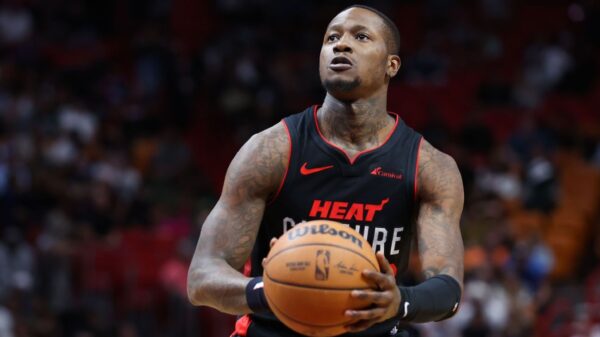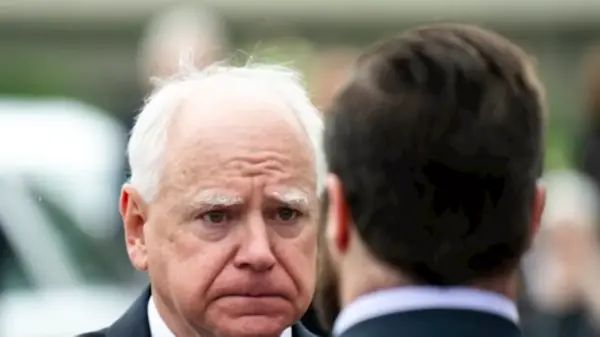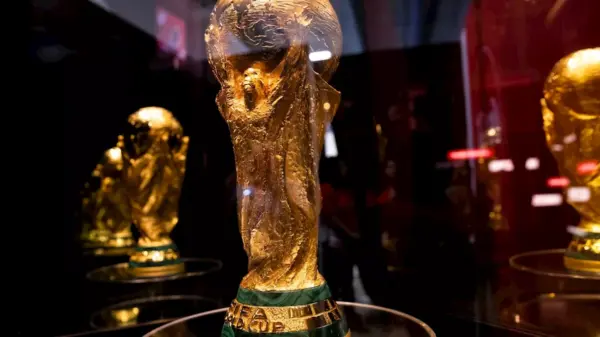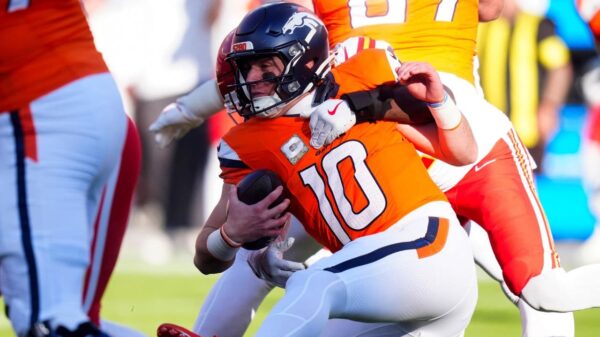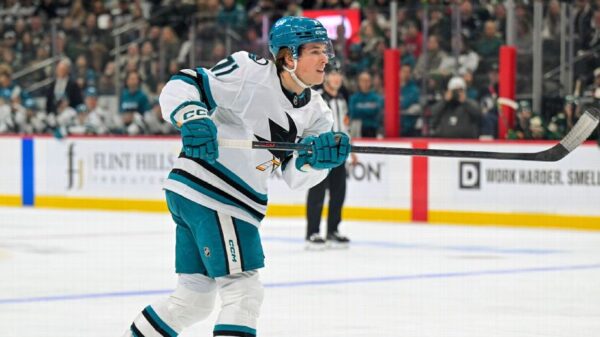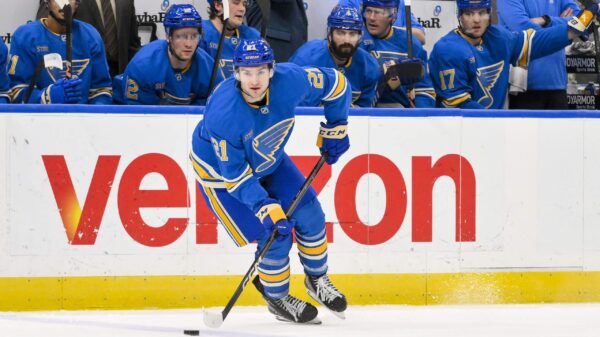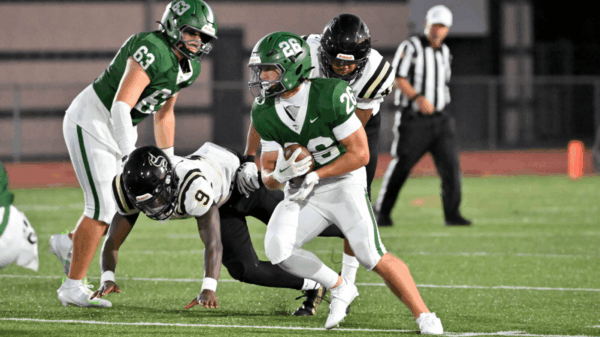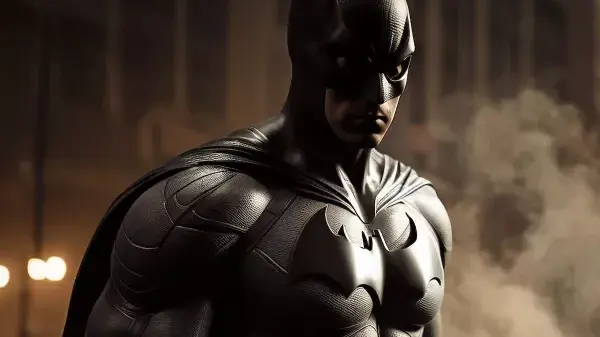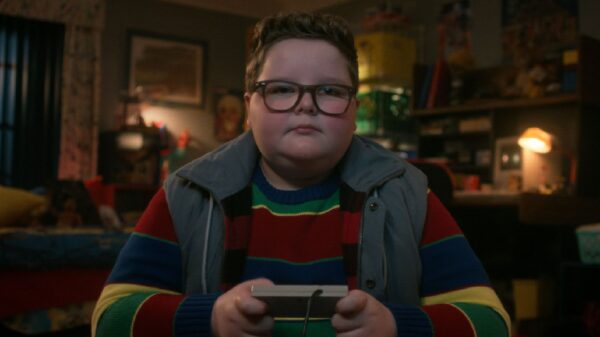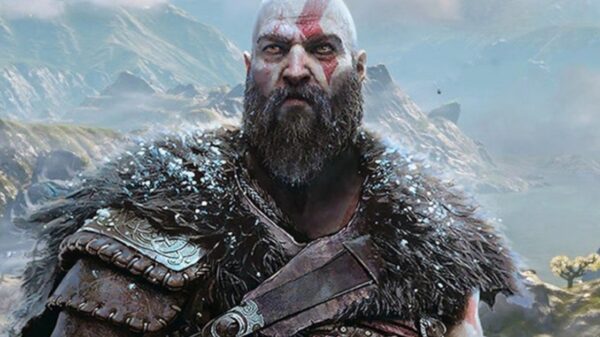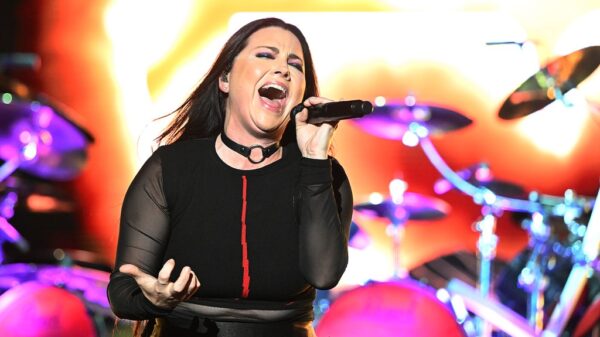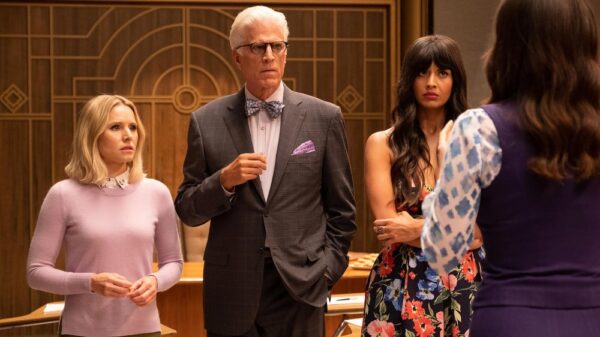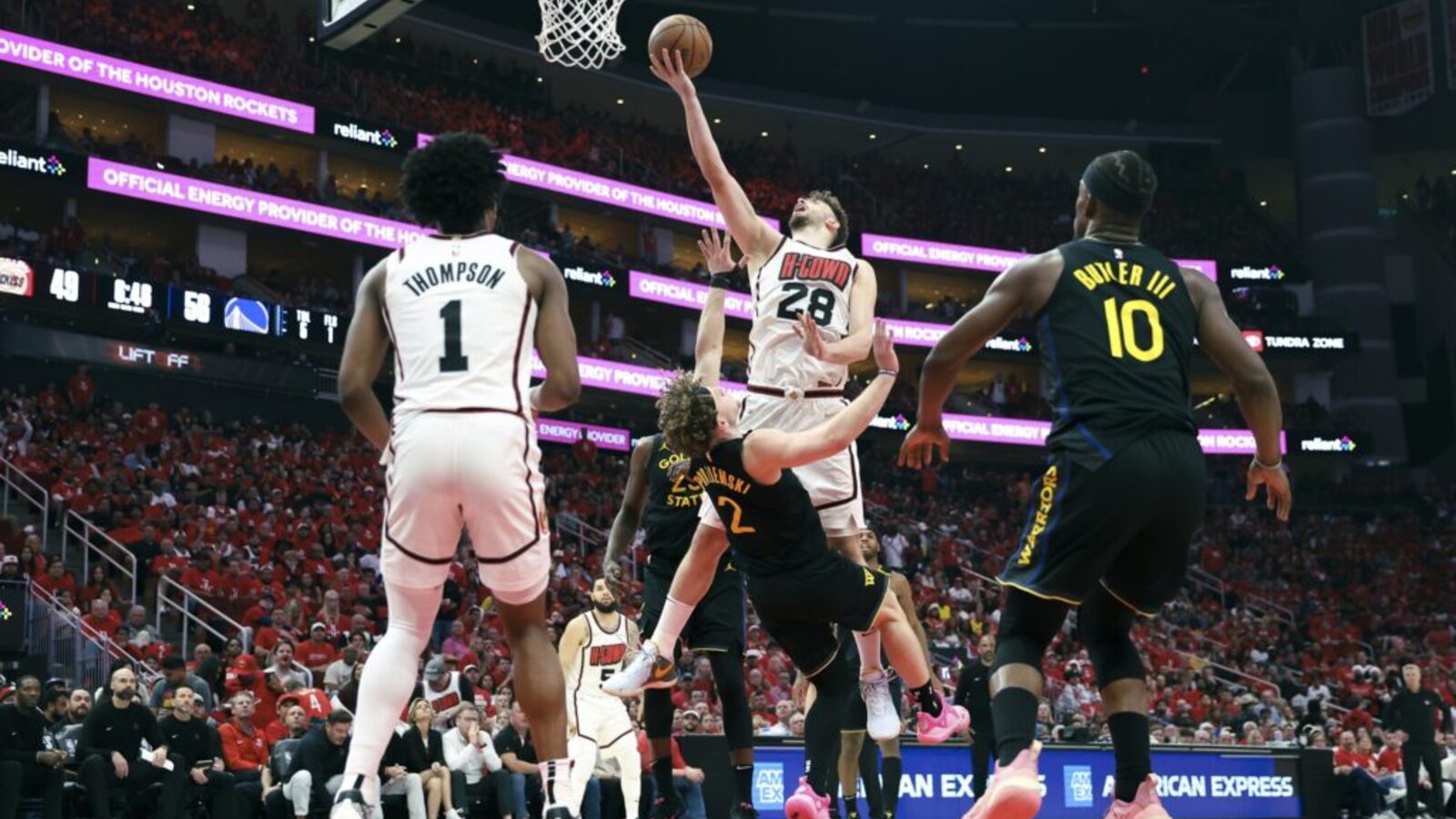The Houston Rockets are gearing up for the 2025-26 NBA season with a unique strategy centered around their abundance of talented centers. Despite having one of the league’s most promising young stars in Alperen Sengun, the Rockets will enter the new season with at least six players capable of filling the center position, presenting a challenge for opposing coaches.
The 2024-25 season marked a significant turnaround for the Rockets, who achieved a record of 50 wins and secured the second seed in the Western Conference. Sengun, who averaged 19.1 points, 10.3 rebounds, and 4.9 assists, earned his first All-Star selection for his pivotal role in the team’s success. His performance solidified his position as a key pillar of Houston’s offensive strategy heading into the next season.
Strategic Investments in the Center Position
The Rockets’ front office has taken a different approach compared to the previous management, opting to invest heavily in the center position. This shift was likely influenced by the successful integration of Steven Adams, a veteran center who joined the Rockets in the 2024-25 season. Although injuries limited his impact during the regular season, Adams played a crucial role in enhancing the team’s rebounding capabilities and helped them become the best offensive rebounding team in the league.
Adams was instrumental during the playoffs, averaging 22.1 minutes per game in a thrilling seven-game series against the Golden State Warriors. His partnership with Sengun in double-big lineups proved effective, showcasing the Rockets’ commitment to leveraging size in their gameplay.
Looking ahead, the Rockets have strengthened their lineup further with the recent addition of Clint Capela. The experienced center will allow the Rockets to expand their double-big strategies, complementing Adams and Sengun. Capela’s ability to catch lobs and score will provide additional offensive versatility and depth to the team.
Exploring Small-Ball Lineups
In addition to traditional center roles, the Rockets are poised to explore various “small-ball” options for the upcoming season. This strategy was brought to the forefront with the signing of Kevin Durant, who is expected to play a significant role as a versatile offensive weapon. Although Durant is typically viewed as a wing player, his experience allows him to adapt to multiple positions, including center.
The Rockets could implement a “jumbo small-ball” lineup featuring players who stand at least six-foot-seven. In such a setup, Amen Thompson, a defensive standout, could assume the point guard position, supported by three-point shooters like Durant, Dorian Finney-Smith, and Jabari Smith Jr.. This dynamic could create mismatches against opponents, especially if they are unprepared for the size and skill of Houston’s lineup.
While the team is equipped with several capable centers, they also recognize that their small-ball configurations could disrupt opposing defenses. Tari Eason, known for his defensive prowess, could add another layer of intensity, pressing ball handlers and creating turnovers.
As the season progresses, Houston’s coaching staff, led by Ime Udoka, will likely experiment with these small-ball alignments. However, Sengun’s established role as the team’s second-best player means that the Rockets will also need to rely on their double-big strategy to ensure scoring consistency.
The Rockets face a challenging task of balancing their roster and maximizing the potential of their numerous centers. With the right approach, they can harness the benefits of both size and agility, creating a competitive edge in the modern NBA. If opportunity arises, Houston’s ability to adapt will be crucial in realizing their vision for success in the league.



